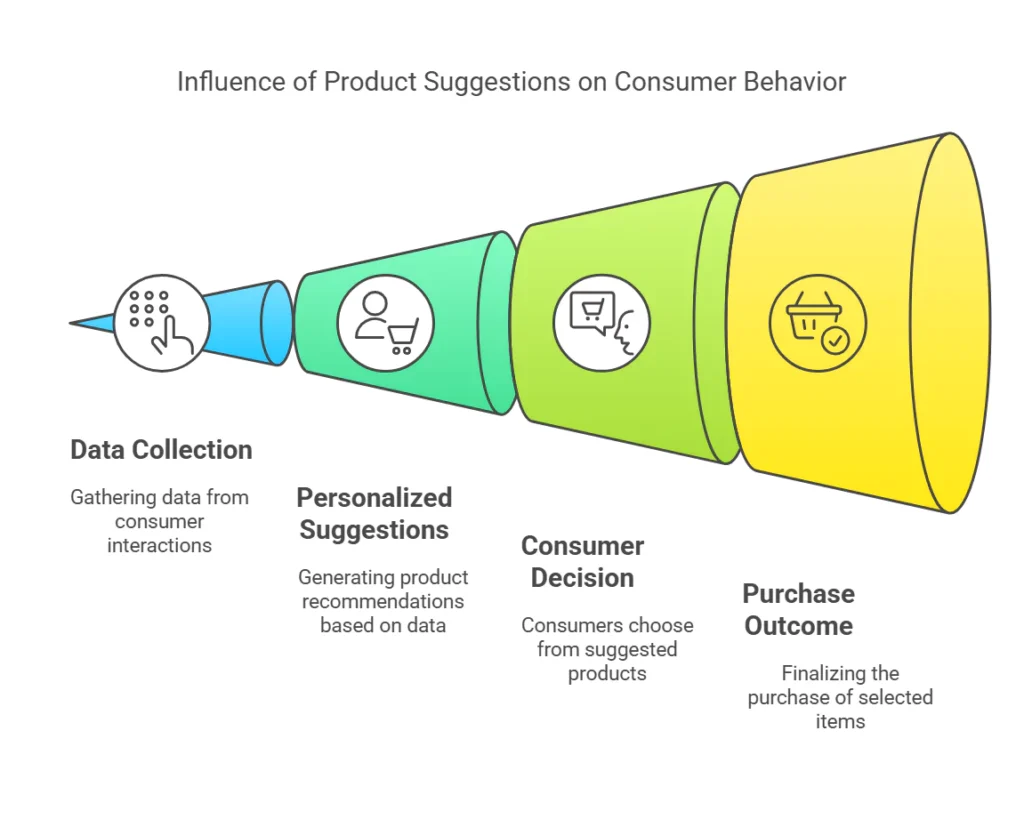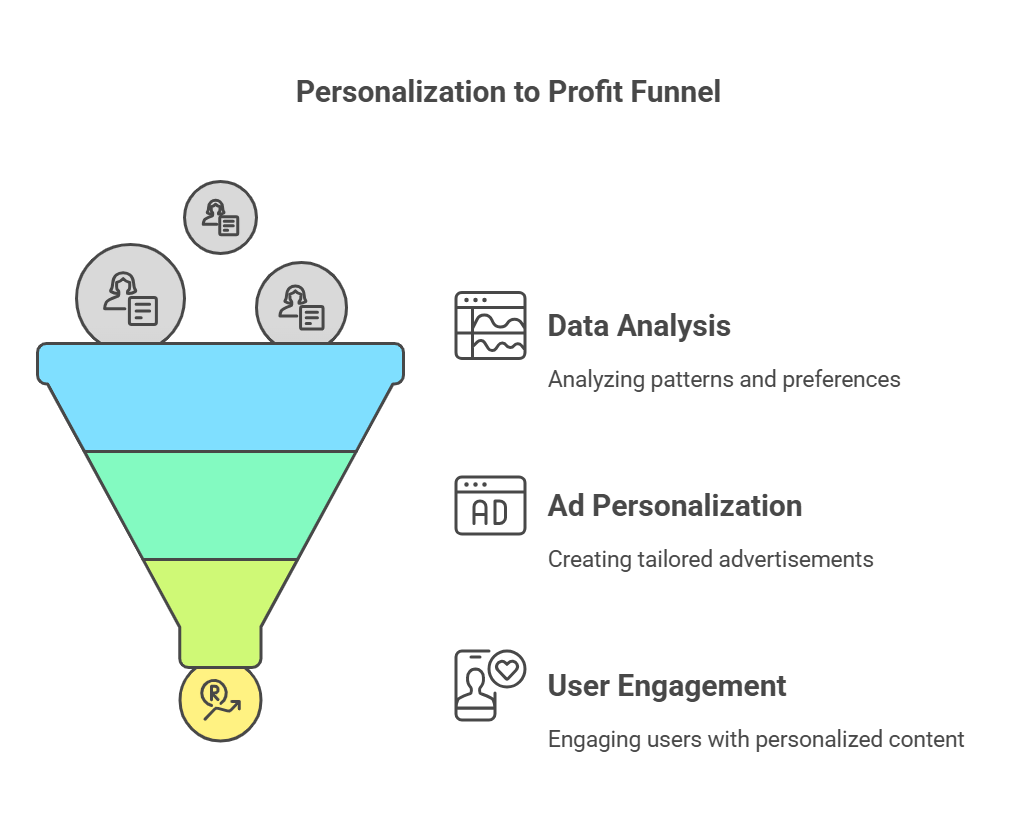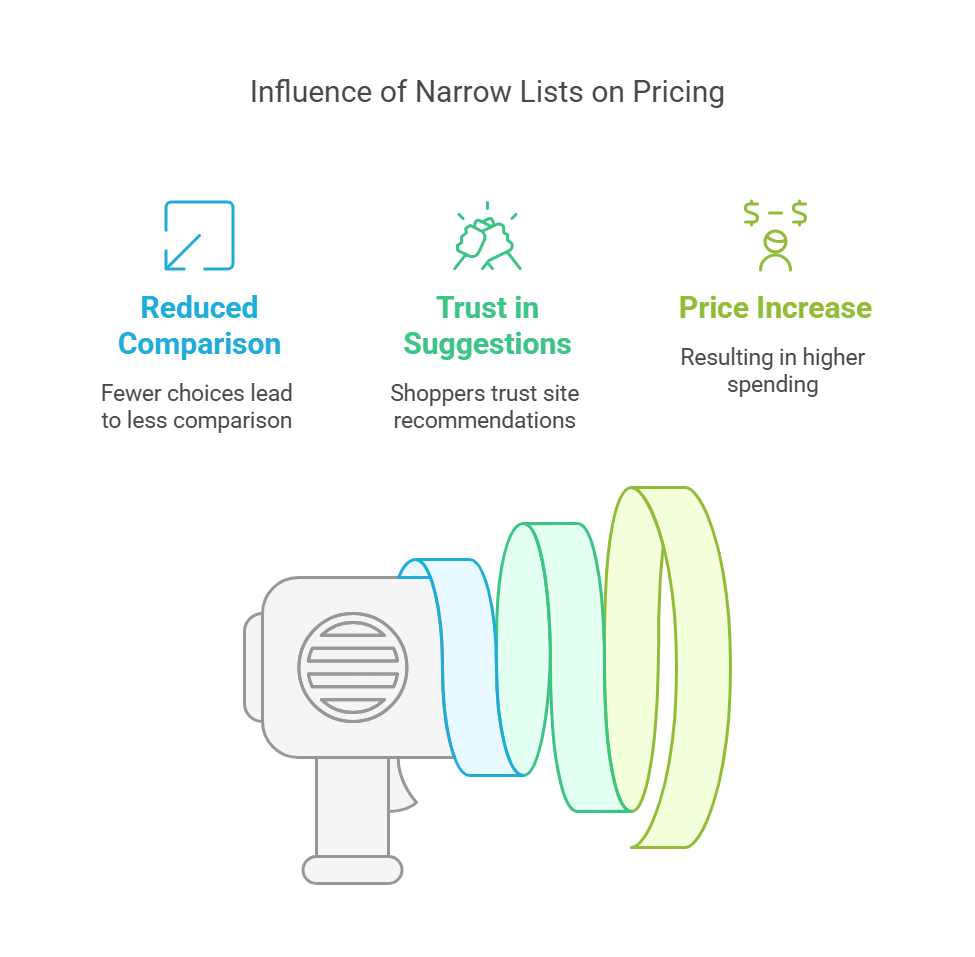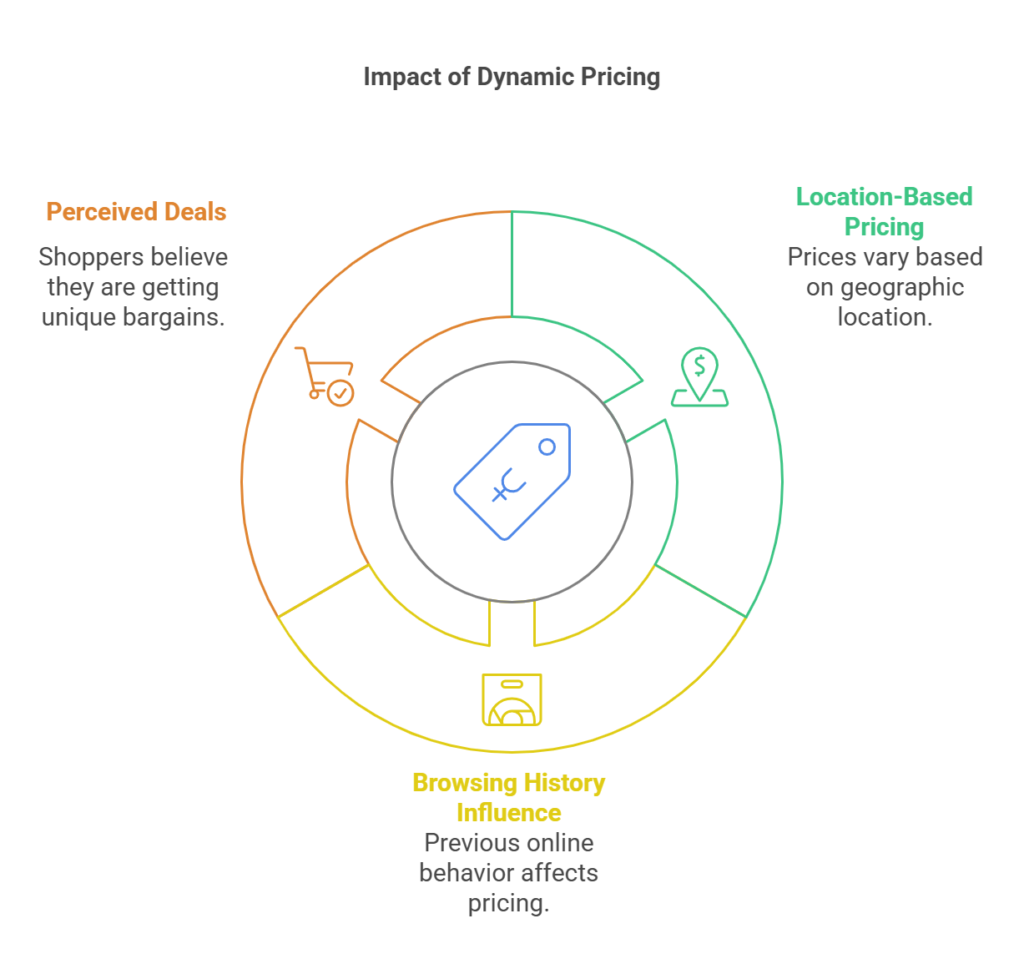Have you ever bought something online and later wondered if it was really your choice? Many shoppers feel nudged or guided by sneaky computer codes. Let’s explore how this happens and what studies say about it.
Understanding the Quiet Influence
Online stores use hidden systems to track and study your every click. They see which products you browse and how long you hover. They use that data to shape your shopping path. You might think you’re picking items on your own. But behind the scenes, an algorithm is deciding which products you see first.

A 2021 survey by Deloitte found that over 60% of online buyers received product suggestions based on past clicks. These suggestions may seem helpful. But they can also limit your view and steer you to costlier options. It’s a smart way to boost sales.
Why Do They Track Us?
Sites want to predict your next move. They collect data about what you like, where you live, and your budget range. Then they run math formulas to guess which items will tempt you. Some call this clever. Others call it manipulation.

The Harvard Business Review reports that online stores see personalization as a way to increase profits. Over half of the businesses studied said they use past user data to tailor ads. It’s not just about giving you what you need; it’s about nudging you to buy more.
Data That Feels Personal
This personal touch can be nice. It saves you time from browsing random items. Yet it also hides the bigger store shelves from view. You might miss discounts or alternative brands that the algorithm never shows.

A study in the Journal of Retailing suggests that shoppers who receive narrow product lists end up paying 10% more. That’s because they don’t compare enough options. They trust the site’s suggestion, not realizing it’s shaped by secret code.
Evidence from Research
A 2020 paper from Carnegie Mellon University found that dynamic pricing is rising online. That means two shoppers see different prices for the same thing. Your location or browsing history can bump up the cost. You might think you found a great deal. But the algorithm might be charging you more than your neighbor.

The same paper showed that many users felt tricked when they learned about such methods. They felt their freedom to choose had been undermined. They had no idea they were being treated differently based on hidden factors.
Why It Matters
All these systems shape our sense of what’s normal or in style. If we keep seeing luxury gadgets and pricey clothes, we might believe everyone has them. That can push us to buy stuff we don’t truly need. The algorithm feeds on our urge to fit in, driving up sales for the store.
Privacy is another concern. The site collects details about your behavior. It knows how long you stare at certain items, which colors you prefer, and even what time of day you like to shop. This data can be shared with partner companies, who then target you across the internet with ads that follow you everywhere.
Are We Volunteering Our Data?
Each time you click “accept cookies,” you allow the store to track you. Some people try private browsing or clearing cookies. However, the store’s tech can still figure out who you are by your device or IP address. It keeps building a profile, learning your habits more each visit.

A Pew Research Center survey found that 79% of Americans worry about how companies use their data. They want to know who sees their search history and buying patterns. But many do not take steps to block these trackers. The process is often too complex or time-consuming.
Tactics That Push Us
Certain online stores use “hurry-up” tricks. They flash messages like “only 2 left” or “sale ends in 1 hour.” These messages can be misleading. You might think you must buy now. You rush to check out without comparing prices. A 2018 study by the Consumer Protection Agency showed that false scarcity messages can spike sales by 30%. That’s huge, but also unfair to shoppers who feel tricked into quick purchases.
Taking Back Control
What can you do to stay in charge? First, compare prices on different sites. Don’t just rely on the “best picks for you” list. Shop around and see if there’s a lower cost. Second, consider turning off tracking in your browser settings. It won’t solve everything, but it helps.
Read store policies on data collection. If they lack clarity or choice, look for a different store. You can also use browser extensions that block trackers. Many people skip these steps because they seem tedious. Yet they can protect both your wallet and your privacy.
Hidden Codes, Hidden Costs
Remember that each algorithm aims to push you toward certain items, often with higher prices or bigger profits for the store. A 2019 survey by PricewaterhouseCoopers (PwC) found that nearly 70% of shoppers noticed price changes from one day to the next. Many had no idea why it happened. These shifts may be tied to hidden rules in the site’s pricing code.
When you see these changes, don’t assume they’re random or due to normal sales. They might be a direct result of your browsing history. You can sometimes catch better deals by checking the same item on a different browser or device.
The Role of Law and Policy
Some lawmakers see these tactics as unfair. They think online stores should explain how items are ranked or priced. A few places now require sites to tell users that their pages are personalized. But many companies still keep the details secret. They argue it’s proprietary information and a key part of their strategy.
Groups like the Electronic Frontier Foundation (EFF) push for laws that protect user data and demand clearer consent forms. They say shoppers deserve to know how their data is used. They also suggest more control over who sees that data.
Helping Each Other Stay Aware
Talk to friends or family about these issues. Tell them to compare prices and read store policies. Many folks are unaware of how these systems steer them. By sharing this info, we can reduce the grip of hidden codes. If enough people ask for fairer practices, stores might rethink how they track and guide us.
Final Thoughts
Online shopping is fast and fun. But it also contains unseen traps. Algorithms quietly shape our view of what’s on sale. They steer us away from cheaper picks and nudge us to pricier buys. This might save us a bit of time, yet it could cost us in other ways.
Stay sharp. Watch out for sudden price hikes or pop-up messages that say “hurry.” Compare offers across several sites. Adjust your privacy settings. If we all do these small steps, we keep our freedom to pick what we truly want. The internet doesn’t have to be a maze of hidden costs. With a bit of care, we can stay in charge of our buying decisions.







